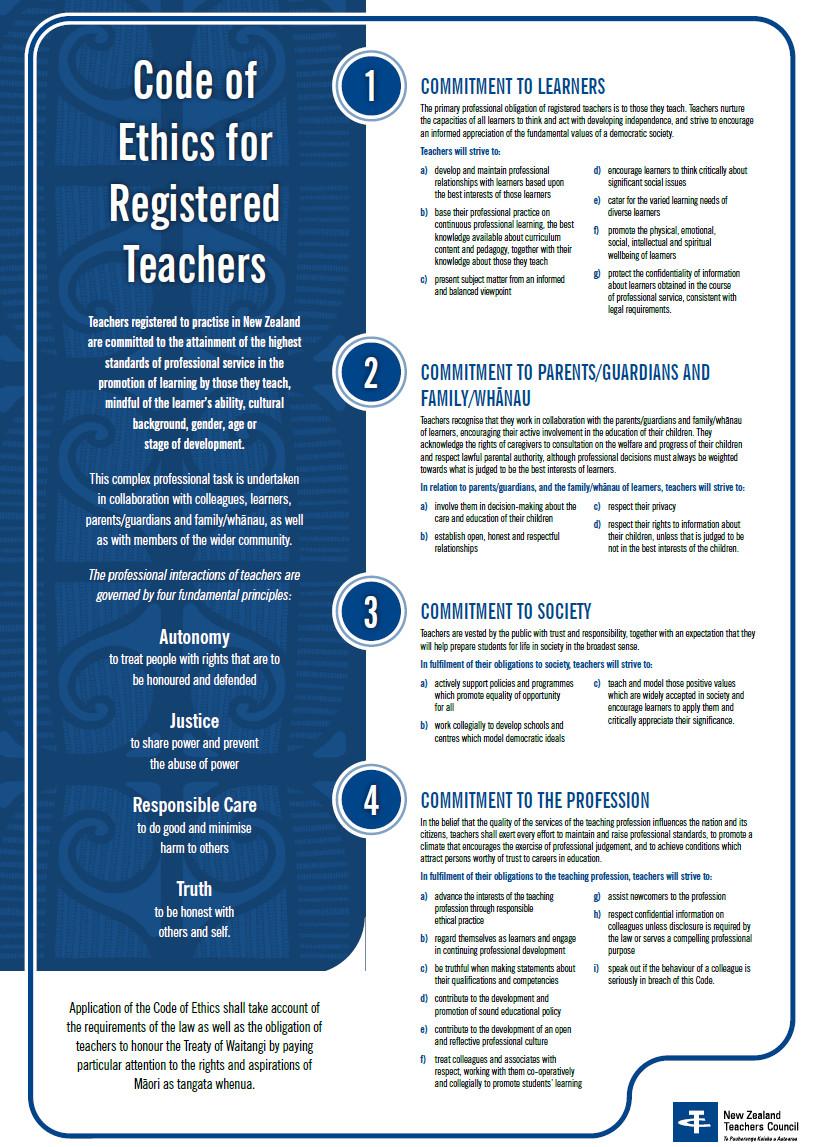What movement have I made?
Criteria 2: Demonstrate commitment to promoting the well-being of ākonga. As outlined in blog entry 8 regarding applied ethics, it has been important to ensure all of my students are safe and using new technology responsibly. I have done more in depth teaching in class this year on being a Digital Citizen and on digital footprints.
Criteria 4: Demonstrate commitment to ongoing professional learning and development of professional personal practice. I have undergone huge professional development in Collaborative learning, ICT skills, flipped learning, movie making skills, understanding and knowledge around 21st century learning, 3D printing, laser cutting, Google Apps, online networking sites just to name a few. Prior to this study I could not make a movie therefore I set myself a goal to make videos for the majority of my assessments this year. I am really proud of the progress made in this area and will continue to upskill.
Criteria 5: Show leadership that contributes to effective teaching and learning. Throughout the year I have shared the learning gained during these Mindlab sessions to assist other colleagues at school. I have helped other staff to set up their own digital portfolios, blogs - personal, class and individual student blogs. I have also shared lesson ideas focused around collaborative learning and concepts covered during our Mindlab sessions such as the Fun Theory initiative. I gathered student voice around the topics we have covered this year using a Google form and they were all very positive. One of the biggest shifts in my practice since starting teaching has been based around inquiry learning. I know I like to inquire about topics that I am passionate about so have been building these types of tasks into what my students do. 28 out of 29 students reported that they love having the ability to select their inquiry topic, to choose whether or not to collaborate with others, to learn from the ups and downs of collaboration. I am very happy with this feedback as I see this as preparing them for the future tasks they are likely to encounter at high school and higher education institutes.
Professional knowledge in practice
Criteria 6: Conceptualise, plan, and implement an appropriate learning programme.
Through our Mindlab assignments a group of Ka Hikitia team members have had an alternative syndicate approved for 2016 that follows a more modern learning environment and collaborative approach. We were able to use our LDC and DCL assignments in particular to back up our ideas. We also enjoyed working collaboratively on these assignments too. Many of my in class tasks have been modified to incorporate the skills learnt during this study.
Criteria 7: Promote a collaborative, inclusive, and supportive learning environment. As outlined above my classroom programme has been altered to reflect the skills and ideas learnt throughout this Mindlab course.
Criteria 11: Analyse and appropriately use assessment and information, which has been gathered formally and informally. Regular use of Google Forms with staff, whanau and students to collect different voices. Questioning the benefits of some assessments and looking for alternatives.
Criteria 12: Use critical inquiry and problem-solving effectively in their professional practice.” The establishment at the beginning of this year of a personal digital reflective portfolio that I regularly update. Contains my reflective thoughts, job descriptions, pd log, school and personal inquiry goals and evidence, links to my planning, assessment and class blog.
Two main goals for your future development.
1: Continue to learn about leadership in order to improve my own practice as well as to help develop the leadership of people in different teams. To stay in tune with current practice as well as rely on the teachings of other experts in order to guide my practice.
2:Keep up to date with advances in technology to be able to share with the students at our school. To continue to undergo regular PD from other providers to ensure the students I work with are given the best opportunities. I really enjoy learning in this area so look forward to continued growth.


